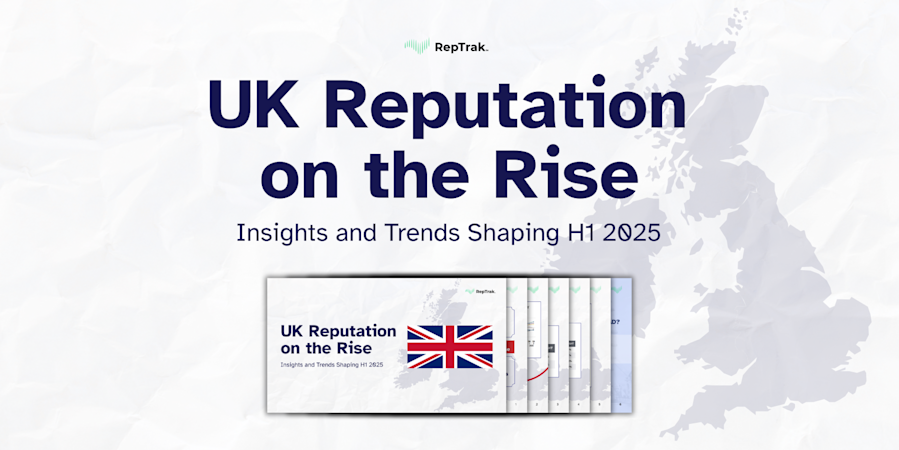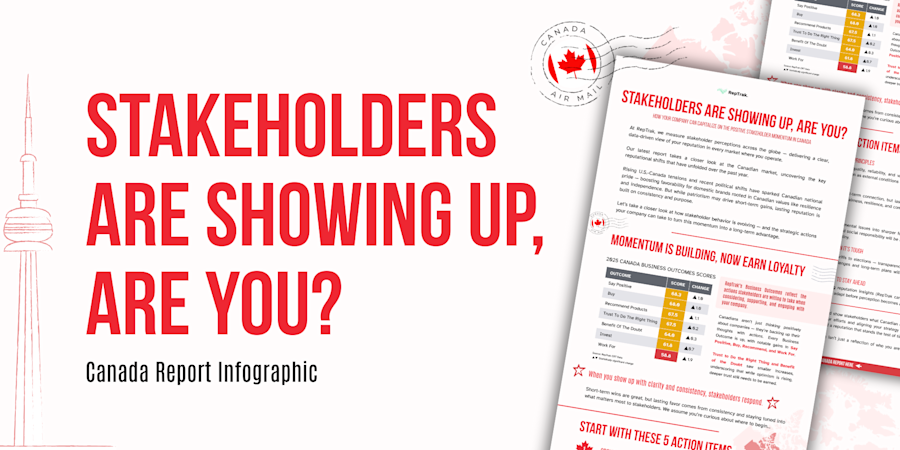Communications Leaders Can Do Better than AVE: Measure Your Impact on Reputation Instead
Blog Post28 May, 2020
Advertising Value Equivalent (AVE) has been a controversial metric in the public relations world for decades. Originally devised as a way to measure ROI, the system stands out for its simplicity: See what kind of media coverage a PR campaign generates—column inches of print, seconds of airtime, social media posts, etc.—and then measure what it would have cost if you had purchased the same amount of placement using the media outlets’ standard advertising rates.
It sounds straightforward enough, but advertising and earned media coverage are fundamentally different forms of communications. For one thing, with advertising, you can control the entire message, whereas third parties have their own, often critical, views. Additionally, the audience reached, the context of the placement, and the credibility of the messenger are all factors in the public’s reception of the coverage.
It’s no surprise, then, that resistance to AVE has been building steadily. Recently, the International Association for the Measurement and Evaluation of Communication (AMEC) even called for a ban on the use of AVE by PR professionals, calling it an “invalid” metric.
So if AVE isn’t an accurate or effective way to measure earned media ROI for the boardroom, what are communications professionals supposed to use instead?
Don’t measure price, measure impact
If you want board-level metrics, forget AVE and look instead at something more meaningful and measurable: earned media’s impact on your company’s reputation.
Earned media is one of the top factors influencing a company’s overall reputation, second only to customers’ direct experiences interacting with the company. The combined aggregate of news coverage, product and service reviews, customer testimonials (both good and bad), and social media chatter collectively shape the opinions of customers, investors, lenders, and employees.
Our data has shown that 84% of a company’s value today is derived from intangible rather than tangible assets—an exponential and steady increase over previous decades. A brand’s reputation often is the only thing that differentiates the company’s products and services, preventing them from becoming mere commodities.
Reputation Score: The better metric
For every company that we measure, we collect information from a significant range of data sources (including earned media), analyze them using the seven Drivers of reputation, and then assign the company a Reputation Score. This is the number that, in turn, quantifies those intangibles that drive much of a company’s value.
A company with an excellent reputation benefits from a wide range of advantages, beginning with sales: According to our 2020 Global RepTrak study, 78% of customers say they would buy from a company with an excellent Reputation Score, compared with only 9% for a company with a poor Reputation Score.
Reputation is the key to building and maintaining value. In addition to increased sales, a positive change in Reputation Score is associated with greater trust, lower volatility, a higher credit rating, and an increased ability to attract and retain talent. It also is strongly correlated with improved earnings, better share performance, and higher market capitalization.
Proactive reputation management in PR campaigns
Focus on earned media efforts that will positively impact your company’s reputation, like promoting your best products and services and emphasizing your company’s innovation skills. At the same time, remain cognizant of the nuances of a quickly shifting business landscape.
For example, early in the COVID-19 pandemic, many companies successfully boosted their reputations by highlighting their efforts to help their communities. Along the way, our data found that the public most respected those companies that described how they went above and beyond to protect their workers.
Going forward, clearly communicate financial performance that will demonstrate your company’s ability to survive the recession, and continue to update the public about how you’re protecting your workforce. News about products and services should emphasize that supply chains are secure; the public will continue to expect CEOs to provide leadership to complement the work of elected officials and much-admired front-line health care workers.
Establish value
For years, communications professionals have known that AVE was a flawed metric, but continued to use it anyway because they lacked lack of a better way to measure the ROI of earned media campaigns.
Now, that better way exists. Don’t settle for estimating earned media’s value by comparing it to one of many alternatives (advertising). Instead, establish value by studying its impact on your company’s reputation.
Get the data you need: In addition to Reputation Score, all RepTrak subscribers now receive a monthly Media Score in the RepTrak dashboard. We also offer enhanced media analysis services to track campaigns and identify drivers and hot button issues that will help you estimate the impact and duration of your PR efforts. Click here to request a demo.
Andrew Laing, PhD Senior Vice President, Media, Americas The RepTrak Company






